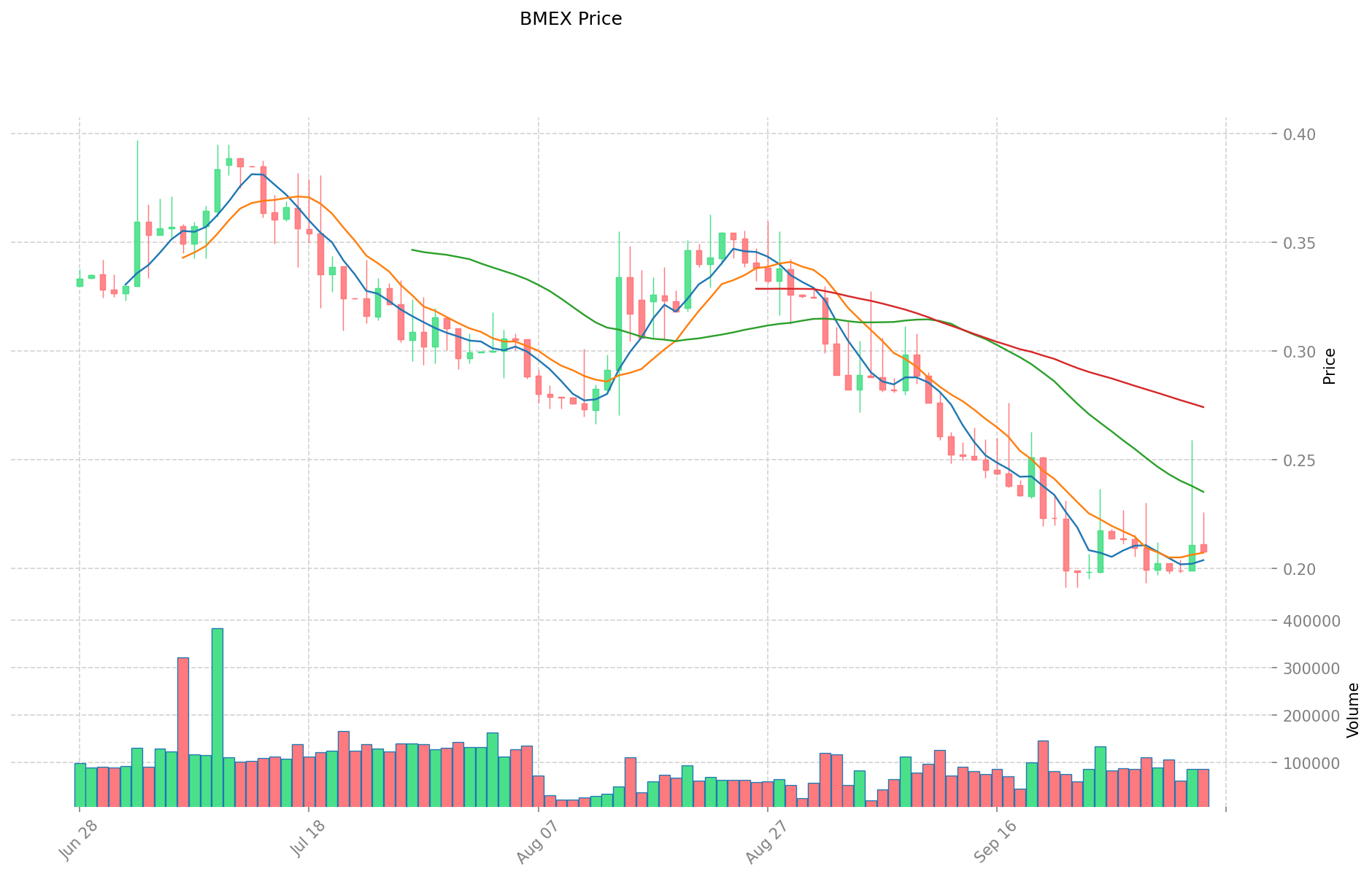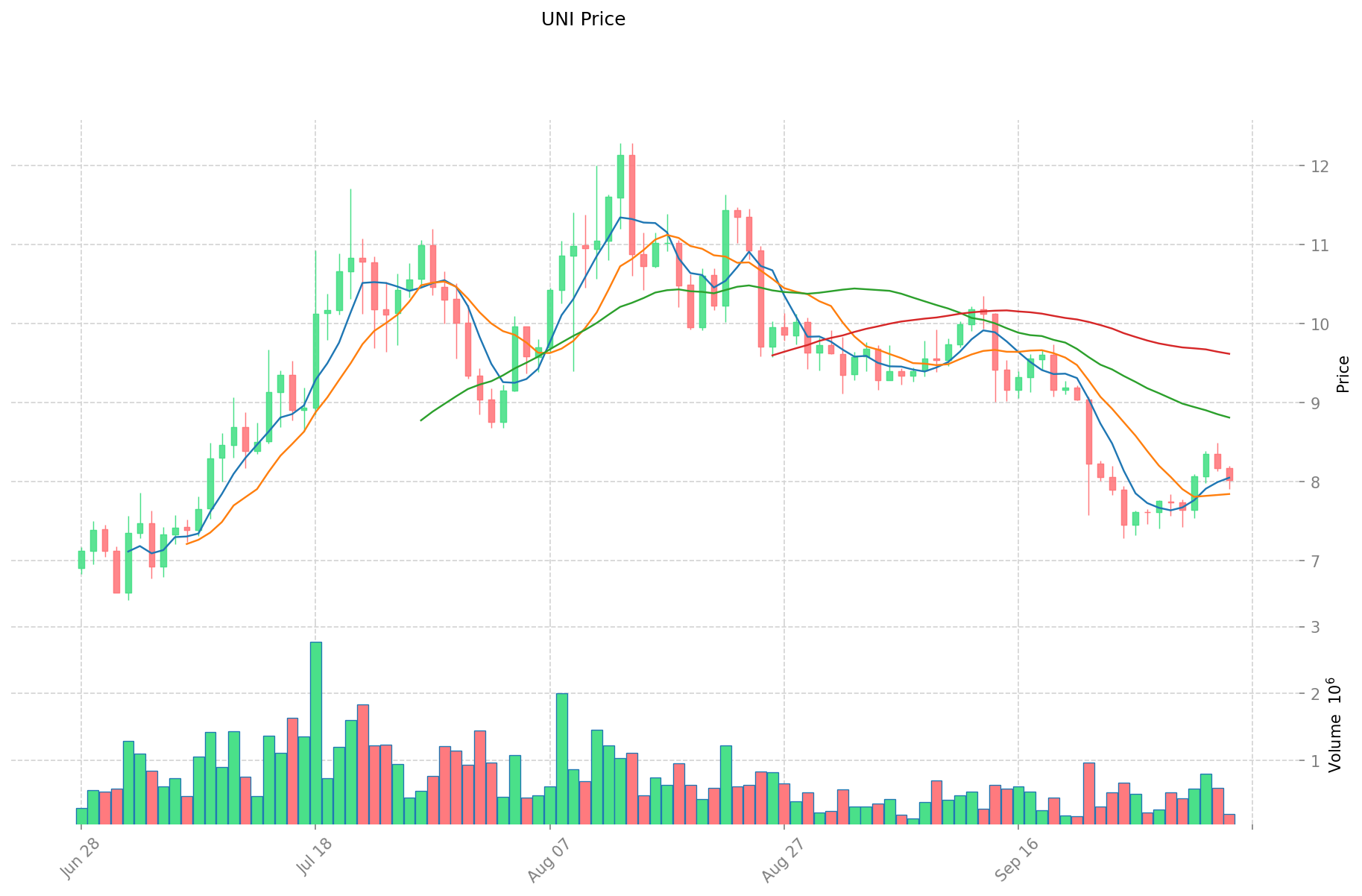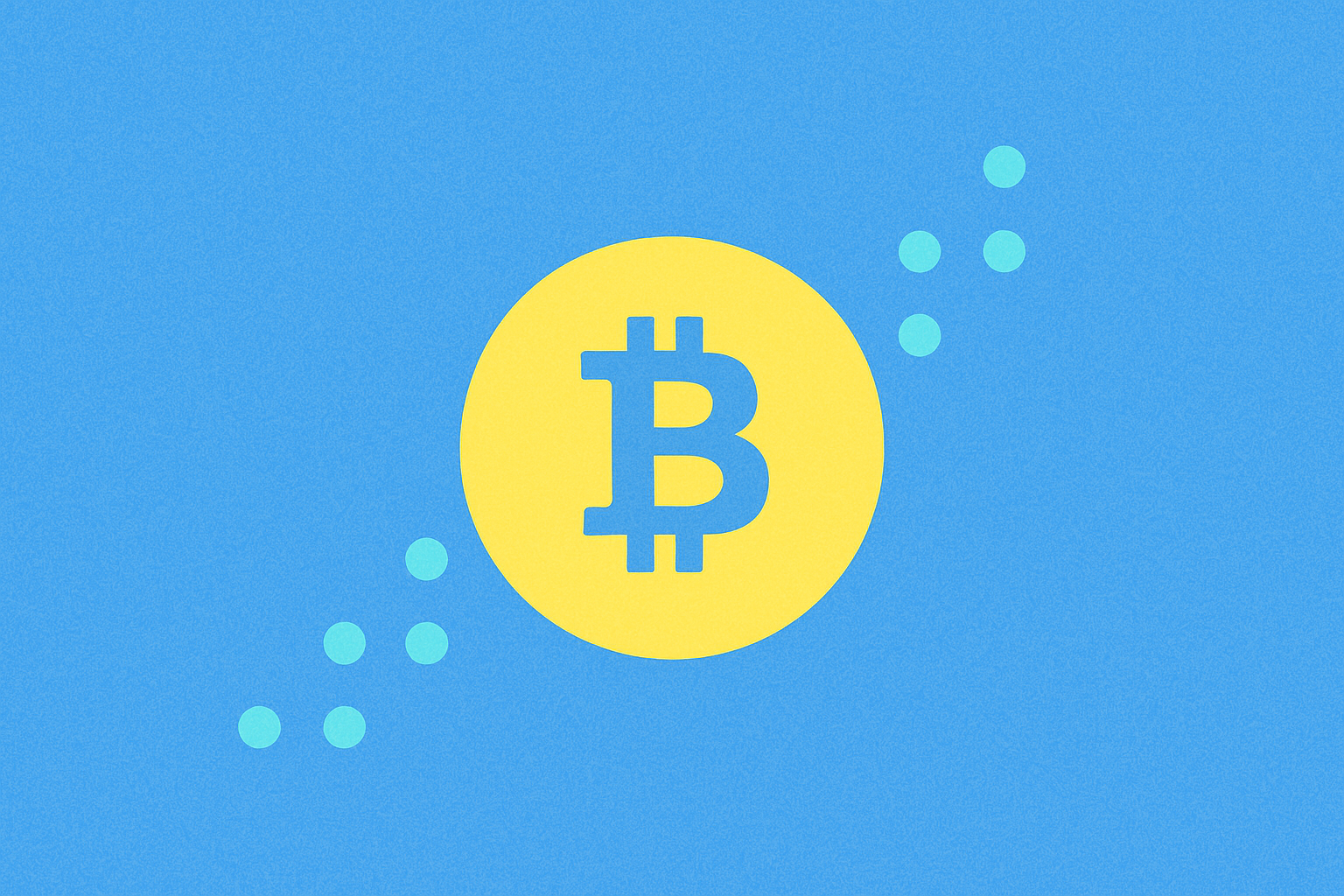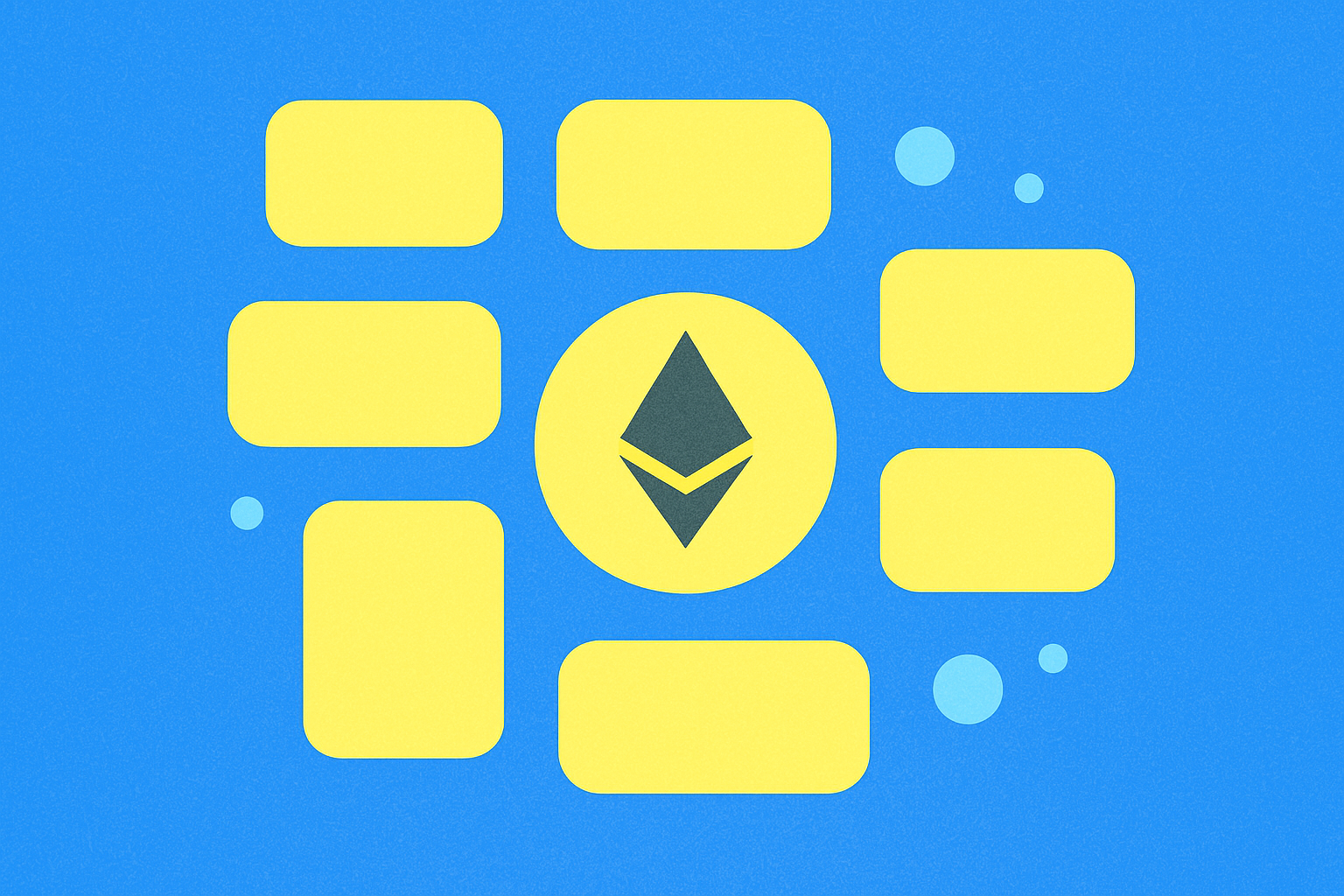BMEX ve UNI: Kripto türev işlemleri ve merkeziyetsiz borsa alanında lider alım-satım platformlarının karşılaştırılması

Giriş: BMEX ve UNI Yatırımlarının Karşılaştırılması
Kripto para piyasasında BMEX ile UNI’nin karşılaştırılması yatırımcılar için kaçınılmaz bir gündemdir. Bu iki varlık; piyasa değeri sıralaması, uygulama alanları ve fiyat performansı açısından belirgin farklılıklar sergilerken, kripto varlıklarda farklı konumlandırmaları da temsil etmektedir.
BMEX (BMEX): Lansmanından bu yana BitMEX ekosistemindeki rolüyle piyasada tanınırlık kazanmıştır.
UNI (UNI): 2020’de piyasaya sürülmesinden beri merkeziyetsiz borsaların öncüsü olarak kabul edilmekte ve küresel çapta en yüksek işlem hacmine ve piyasa değerine sahip kripto paralar arasında yer almaktadır.
Bu makalede, BMEX ile UNI’nin yatırım değerleri tarihsel fiyat eğilimleri, arz mekanizmaları, kurumsal benimsenme, teknolojik ekosistemler ve gelecek öngörüleri odağında kapsamlı şekilde karşılaştırılacak; yatırımcıların en çok merak ettiği soruya yanıt aranacaktır:
"Şu anda hangisi daha avantajlı yatırım?"
I. Fiyat Geçmişi Karşılaştırması ve Güncel Piyasa Durumu
BMEX ve UNI Tarihsel Fiyat Eğilimleri
- 2021: UNI, DeFi rüzgârıyla Mayıs’ta $44,92 ile zirve yaptı.
- 2023: BMEX, Nisan’da platformun yaygınlaşmasıyla $0,6 ile en yüksek seviyesine ulaştı.
- Karşılaştırma: 2022 kripto kışında UNI zirveden $3 seviyesine gerilerken, BMEX yeni olduğu için fiyat dalgalanması daha sınırlı kaldı.
Güncel Piyasa Durumu (05 Ekim 2025)
- BMEX güncel fiyat: $0,208
- UNI güncel fiyat: $8,014
- 24 saatlik işlem hacmi: BMEX $18.283,10 / UNI $1.555.570,19
- Piyasa Duyarlılık Endeksi (Korku & Açgözlülük): 71 (Açgözlülük)
Canlı fiyatları görüntülemek için tıklayın:
- BMEX anlık fiyatı Piyasa Fiyatı
- UNI anlık fiyatı Piyasa Fiyatı


II. BMEX ve UNI’nin Yatırım Değerini Etkileyen Temel Faktörler
Arz Mekanizması Karşılaştırması (Tokenomik)
- BMEX: HDR Global Trading Limited tarafından işletilen P2P kripto para alım-satım platformu
- UNI: Uniswap merkeziyetsiz borsasıyla bütünleşik, likidite madenciliği mekanizmasına sahip
- 📌 Tarihsel desen: Arz mekanizmaları, platformun benimsenmesi ve kullanımıyla fiyat döngülerinde değişkenlik gösterir.
Kurumsal Benimsenme ve Piyasa Kullanımları
- Kurumsal portföyler: BMEX ve UNI arasında kurumsal tercihlere ilişkin net veri bulunmamaktadır
- Kurumsal kullanım: Sınır ötesi ödeme, mutabakat ve portföy kompozisyonu uygulamaları kaynaklarda belirtilmemiştir
- Ulusal politikalar: Düzenleyici yaklaşımlar ülkeye göre değişmekle birlikte, referanslarda detay verilmemiştir
Teknoloji Gelişimi ve Ekosistem Oluşumu
- BMEX teknoloji yükseltmesi: TradeMedic™ AI entegrasyonu ile yatırımcıya psikolojik etki analizi sunan kişiselleştirilmiş performans raporları
- UNI teknoloji gelişimi: Referanslarda bilgi yok
- Ekosistem karşılaştırması: BitMEX, yüksek likidite ve işlem hacmine bağlı rekabetçi komisyonlarla Binance ve Huobi gibi borsalara benzer avantajlar sunar
Makroekonomik ve Piyasa Döngüleri
- Enflasyonist ortam performansı: Kaynaklarda veri bulunmamaktadır
- Makroekonomik para politikası: Faiz ve USD endeksi etkisi belirtilmemiştir
- Jeopolitik faktörler: Sınır ötesi işlem ve uluslararası gelişmelere dair detay yok
III. 2025-2030 Fiyat Öngörüleri: BMEX ve UNI
Kısa Vadeli Tahmin (2025)
- BMEX: Muhafazakâr $0,126819 - $0,2079 | İyimser $0,2079 - $0,280665
- UNI: Muhafazakâr $7,2982 - $8,02 | İyimser $8,02 - $10,426
Orta Vadeli Tahmin (2027)
- BMEX, büyüme sürecine girebilir; tahmini fiyat aralığı $0,1886349465 - $0,320107788
- UNI, yükseliş piyasasına girebilir; tahmini fiyat aralığı $7,6006743 - $14,9744628
- Ana etkenler: Kurumsal sermaye girişi, ETF gelişmeleri ve ekosistem büyümesi
Uzun Vadeli Tahmin (2030)
- BMEX: Temel senaryo $0,30701790031963 - $0,39872454586965 | İyimser senaryo $0,39872454586965 - $0,538278136924027
- UNI: Temel senaryo $8,961930109692 - $16,00344662445 | İyimser senaryo $16,00344662445 - $22,2447908079855
Yasal Uyarı: Bu analiz tarihsel veri ve güncel piyasa trendlerine dayalıdır. Kripto para piyasaları son derece oynak ve öngörülemezdir. Bu bilgiler yatırım tavsiyesi değildir. Yatırım kararlarınızı kendi araştırmanızla destekleyiniz.
BMEX:
| Yıl | Tahmini En Yüksek Fiyat | Tahmini Ortalama Fiyat | Tahmini En Düşük Fiyat | Değişim Oranı |
|---|---|---|---|---|
| 2025 | 0,280665 | 0,2079 | 0,126819 | 0 |
| 2026 | 0,32733855 | 0,2442825 | 0,22962555 | 17 |
| 2027 | 0,320107788 | 0,285810525 | 0,1886349465 | 37 |
| 2028 | 0,44232036849 | 0,3029591565 | 0,221160184245 | 45 |
| 2029 | 0,4248093292443 | 0,372639762495 | 0,2310366527469 | 79 |
| 2030 | 0,538278136924027 | 0,39872454586965 | 0,30701790031963 | 91 |
UNI:
| Yıl | Tahmini En Yüksek Fiyat | Tahmini Ortalama Fiyat | Tahmini En Düşük Fiyat | Değişim Oranı |
|---|---|---|---|---|
| 2025 | 10,426 | 8,02 | 7,2982 | 0 |
| 2026 | 13,46558 | 9,223 | 7,28617 | 15 |
| 2027 | 14,9744628 | 11,34429 | 7,6006743 | 41 |
| 2028 | 17,76515814 | 13,1593764 | 12,633001344 | 64 |
| 2029 | 16,5446259789 | 15,46226727 | 10,3597190709 | 92 |
| 2030 | 22,2447908079855 | 16,00344662445 | 8,961930109692 | 99 |
IV. Yatırım Stratejisi Karşılaştırması: BMEX ve UNI
Uzun Vadeli ve Kısa Vadeli Stratejiler
- BMEX: Borsa ekosistemi ve işlem hacmine dayalı teşviklere odaklanan yatırımcılar için uygundur
- UNI: DeFi büyümesi ve merkeziyetsiz borsa yönetimiyle ilgilenenler için uygundur
Risk Yönetimi ve Varlık Dağılımı
- Temkinli yatırımcı: BMEX %30 / UNI %70
- Agresif yatırımcı: BMEX %50 / UNI %50
- Koruma araçları: Stabilcoin, opsiyonlar, çapraz para portföyleri
V. Potansiyel Risk Karşılaştırması
Piyasa Riski
- BMEX: BitMEX platformunun performansına ve benimsenmesine yüksek oranda bağımlıdır
- UNI: DeFi piyasası duyarlılığına ve diğer merkeziyetsiz borsalarla rekabete açıktır
Teknik Risk
- BMEX: Platform güvenliği ve işlem altyapısının istikrarı
- UNI: Akıllı sözleşme açıkları, yoğun işlem dönemlerinde ağ tıkanıklığı
Düzenleyici Risk
- Küresel düzenleyici politikalar, her iki tokeni farklı etkileyebilir; merkezi borsalar, merkeziyetsiz platformlara göre daha fazla denetime tabi olabilir
VI. Sonuç: Hangisi Daha Avantajlı?
📌 Yatırım Değeri Özeti:
- BMEX avantajları: TradeMedic™ AI entegrasyonu ve işlem hacmine bağlı rekabetçi komisyonlar
- UNI avantajları: Merkeziyetsiz borsaların öncüsü, yüksek küresel işlem hacmi ve piyasa değeri
✅ Yatırım Tavsiyesi:
- Yeni yatırımcılar: Piyasa konumu ve yüksek likiditesi nedeniyle UNI’ye daha yüksek ağırlık verilebilir
- Deneyimli yatırımcılar: İki tokene de dengeli şekilde yatırım yaparak BMEX’ten büyüme, UNI’den DeFi maruziyeti elde edebilir
- Kurumsal yatırımcılar: Her iki platformun düzenleyici uyumunu detaylı incelemeli; UNI daha geniş piyasa hâkimiyetiyle tercih edilebilir
⚠️ Risk Uyarısı: Kripto para piyasası yüksek derecede oynaktır, bu makale yatırım tavsiyesi değildir. None
VII. Sıkça Sorulan Sorular
S1: BMEX ve UNI arasındaki temel farklar nelerdir? C: BMEX, BitMEX borsasıyla ilişkili; UNI ise Uniswap’ın merkeziyetsiz borsa tokenidir. BMEX merkezi borsa özelliklerine ve işlem hacmi teşviklerine odaklanırken, UNI DeFi’de yönetişim ve likiditeyi temsil eder.
S2: Hangi token tarihsel olarak daha iyi performans gösterdi? C: UNI, 2021 Mayıs’ta $44,92 ile önemli fiyat hareketleri sergilemiştir. BMEX ise daha yeni olduğu için dalgalanması daha sınırlı olup, 2023 Nisan’da $0,6 ile zirveye ulaşmıştır.
S3: BMEX ve UNI’nin güncel piyasa durumu nasıl? C: 05 Ekim 2025 itibarıyla UNI, BMEX’e göre ($0,208 ve $18.283,10) daha yüksek fiyat ($8,014) ve daha büyük 24 saatlik işlem hacmine ($1.555.570,19) sahiptir.
S4: Yatırım değerini etkileyen temel faktörler nelerdir? C: Arz mekanizması, kurumsal benimsenme, teknoloji gelişimi, ekosistem oluşturma ve makroekonomik koşullar kritik önemdedir. UNI, DeFi konumuyla avantajlı; BMEX ise BitMEX benimsenmesine bağlıdır.
S5: BMEX ve UNI için uzun vadeli fiyat tahminleri nasıl farklılaşıyor? C: 2030’da BMEX’in $0,30701790031963 - $0,538278136924027 aralığına, UNI’nin ise iyimser senaryoda $8,961930109692 - $22,2447908079855 aralığına ulaşması beklenmektedir.
S6: BMEX ve UNI’ye yatırımın başlıca riskleri nelerdir? C: Her iki token piyasa, teknik ve düzenleyici riskler taşır. BMEX, BitMEX platformuna bağımlı; UNI ise DeFi duyarlılığı ve rekabetten etkilenebilir.
S7: Farklı yatırımcı tipleri için hangi token daha uygundur? C: Yeni yatırımcılar, UNI’nin piyasa hâkimiyeti nedeniyle ona daha fazla ağırlık verebilir. Deneyimli yatırımcılar iki tokene dengeli yatırım yapabilir. Kurumsal yatırımcılar ayrıntılı inceleme yapmalı; UNI daha geniş piyasa varlığıyla öne çıkabilir.

MYX Token Fiyatı ve 2025'te Gate.com'daki Piyasa Analizi

2025 VVS Fiyat Tahmini: Kripto Yatırımcılarına Yönelik Piyasa Analizi ve Geleceğe Bakış

2025 PNG Fiyat Tahmini: Gelişen NFT Pazarında Dijital Varlık Değer Trendleri Üzerine Öngörüler

2025 DODO Fiyat Tahmini: DeFi Tokeninin Gelecekteki Değerine Yönelik Büyüme Potansiyeli ve Piyasa Faktörlerinin Analizi

SUPE ve SNX: Sentetik Varlık Alanında Performans ve Potansiyel Karşılaştırması

GRAIL ile BAT: Kanser Tespit Teknolojisinde Devrim Yarışı

SEI Airdrop Ödülleri’ne Katılım ve Talep Etme Kılavuzu

Kripto para birimlerinde algoritmik alım satım için etkili stratejiler

Stock-to-Flow Model ile Bitcoin'in Değerlemesini Anlamak

İşlem hızının blockchain verimliliğini nasıl etkilediğini anlamak

ENS Domainleri ile Web3 Kimlik Yönetimi





